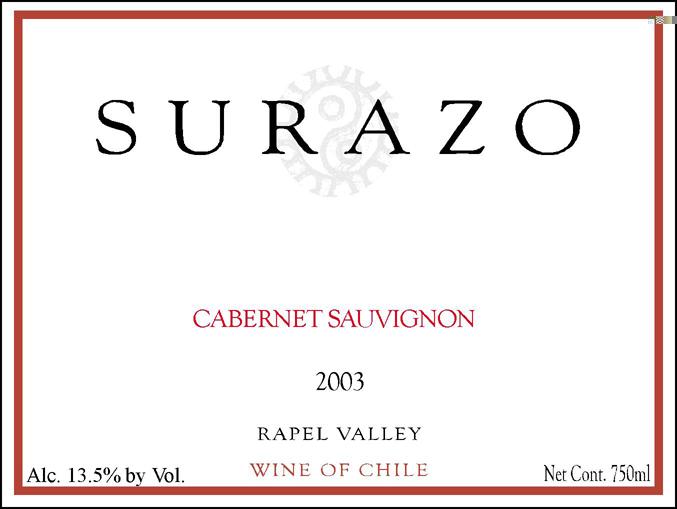2003 Rapel Valley Cabernet Sauvignon
The Surazo Surazo Cabernet Sauvignon from the esteemed Rapel Valley showcases a deep red hue that invites exploration. This vintage, hailing from 2003, offers a well-rounded experience with a full-bodied structure complemented by high acidity that keeps the palate invigorated. The wine's prominent fruit intensity reveals layers of dark berries and ripe plums, harmoniously balanced with notable tannins that add depth and complexity. Its dryness enhances the overall vibrancy, making it an excellent choice for pairing with rich and hearty dishes. With every sip, this Cabernet Sauvignon expresses the unique terroir of Rapel Valley, creating a delightful experience that transports you to its sun-kissed vineyards.
The Surazo Surazo Cabernet Sauvignon from the esteemed Rapel Valley showcases a deep red hue that invites exploration. This vintage, hailing from 2003, offers a well-rounded experience with a full-bodied structure complemented by high acidity that keeps the palate invigorated. The wine's prominent fruit intensity reveals layers of dark berries and ripe plums, harmoniously balanced with notable tannins that add depth and complexity. Its dryness enhances the overall vibrancy, making it an excellent choice for pairing with rich and hearty dishes. With every sip, this Cabernet Sauvignon expresses the unique terroir of Rapel Valley, creating a delightful experience that transports you to its sun-kissed vineyards.




